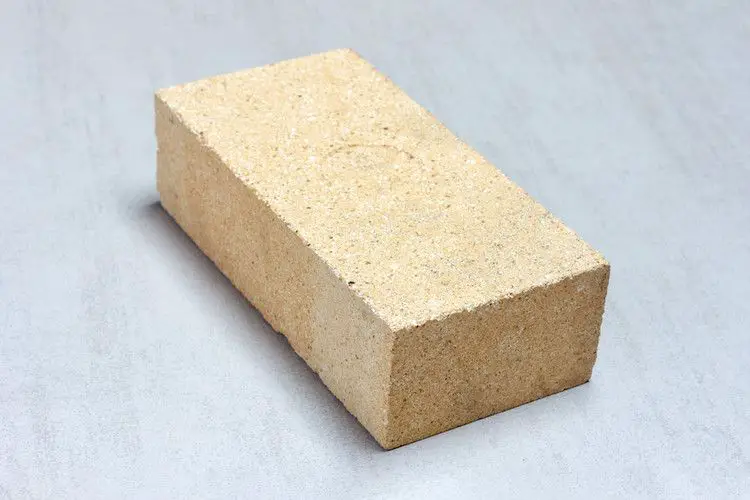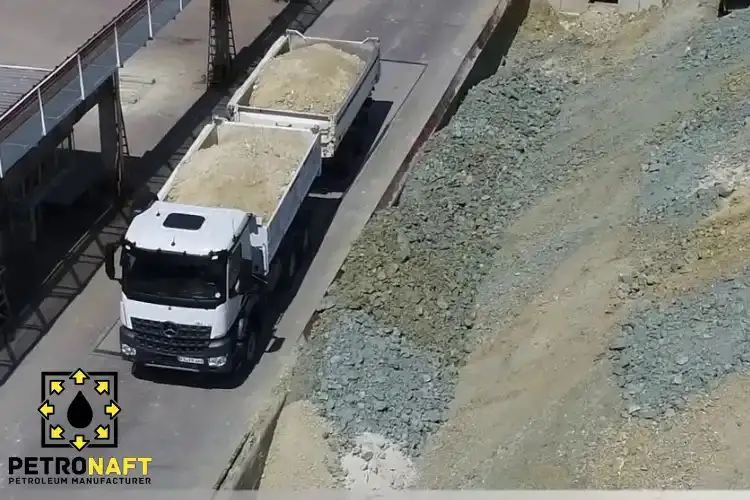What Ingredients Are Used To Make Clay?
Clay is a type of fine-grained natural soil material containing mostly silica and alumina. According to the Cambridge Academic Content Dictionary, clay is defined as “a type of earth that is sticky when wet, and is used for making bricks and pots.”
Clays develop plasticity when wet, due to a molecular film of water surrounding the clay particles, but become hard, brittle and non–plastic upon drying or firing.
Clay Composition
Clay is primarily composed of fine-grained minerals such as silica, alumina, and water.[1] The most common structural group of clay minerals is the kaolinite group, which includes kaolinite, dickite, nacrite, and halloysite.[2] This group of clays is made up of layered sheets of silica tetrahedra and alumina octahedra.[3]
The silica tetrahedra consist of a silicon atom coordinated with 4 oxygen atoms, while the alumina octahedra consist of an aluminum atom coordinated with 6 hydroxyl groups or oxygen atoms and water molecules. In kaolinite clays, each silica sheet is fused with an alumina sheet forming thin, flat hexagonal plates. Water molecules occupy the spaces between the plates.[4]
Therefore, the primary ingredients making up the composition of most clays are:
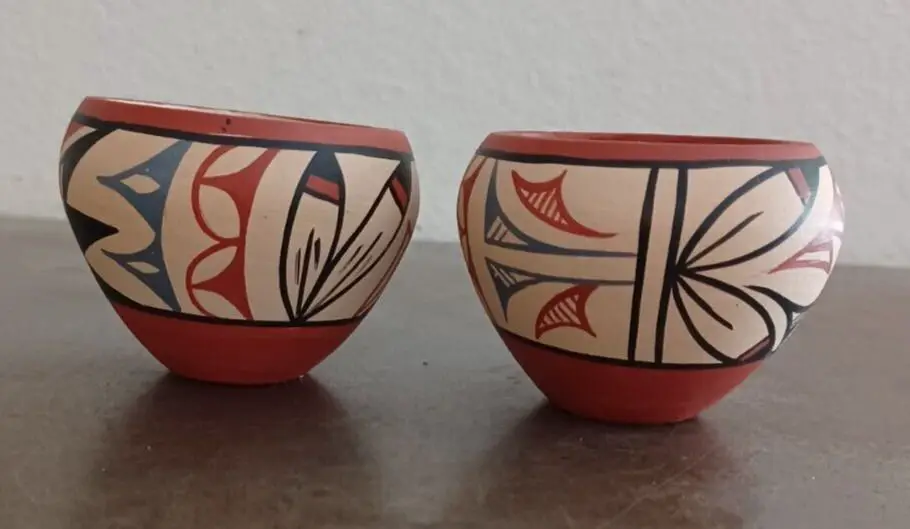
- Silica – provides stiffness and strength through its tetrahedral sheet structure
- Alumina – provides plasticity and workability through its octahedral sheet structure
- Water – allows the plates to slide over one another, giving clay its moldable and workable characteristics
The relative proportions of these constituents lend different types of clays their unique properties and determine their suitability for various applications and uses.
[1] http://www.pottery-on-the-wheel.com/what-is-clay.html
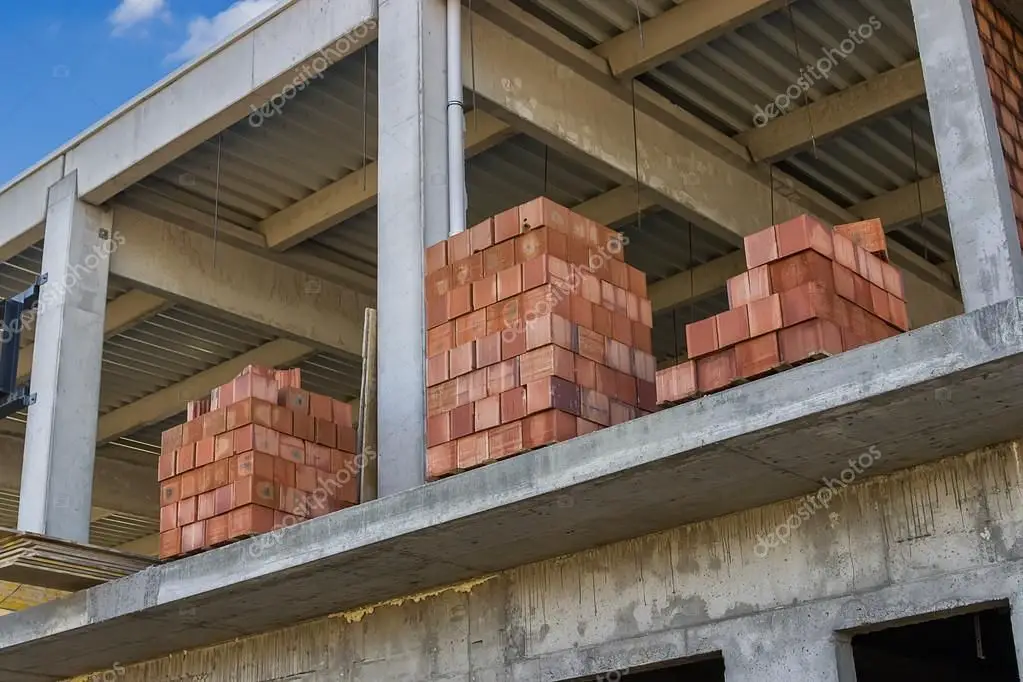
[2] https://www.geogirlscience.com/geoscience-videos/v/bb8gwhsfnyd8yn8l6k8jfrefc8g53t
[3] https://www.youtube.com/watch?v=csEdTdwhmVI
[4] http://www.pottery-on-the-wheel.com/what-is-clay.html
Silica
Silica is the primary mineral constituent of clay, often making up at least 40-50% of the composition. It provides many of the useful properties of clay. According to the article PH19141 – PHYSICS OF MATERIALS, silica has a high melting temperature which allows it to maintain its structural integrity when clay products are fired at high temperatures. Silica is also a key contributor to the plasticity and workability of clay. The mineral particles of silica have a sheet-like structure that allows the clay to be molded and shaped.
Alumina
The most critical component in the composition of clays is alumina (Al2O3). Alumina occurs naturally in clays, feldspars, and other silicates. It is an oxide that contributes essential properties to the clay body including hardness and high firing strength. According to Digitalfire, alumina in clay bodies promotes vitrification, durability, thermal expansion control, and viscosity [1].
Alumina makes up 20-40% of most clay bodies. The alumina content affects the firing temperature and thermal properties. Higher alumina clays can withstand firing at higher temperatures without deformation. Alumina improves stiffness and dry mechanical strength. It also reduces warpage and shrinkage during drying and firing [2].

Key properties contributed by alumina in clays:
- Hardness and durability
- High firing strength
- Enables firing to higher temperatures
- Reduces warpage and shrinkage
- Increases stiffness and dry strength
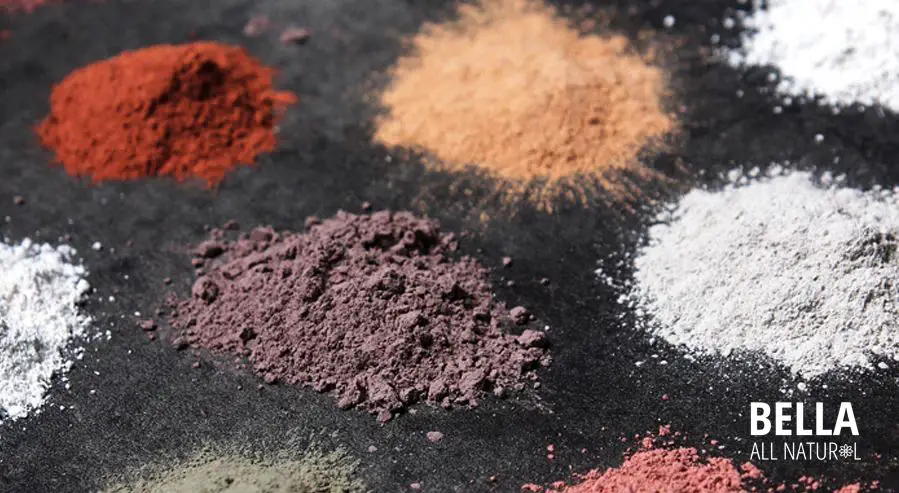
Water
Water plays a crucial role in the plasticity and workability of clay. When water is added to clay, the water molecules are attracted to the layers of the clay minerals through hydrogen bonding. This causes the clay layers to separate and slide over one another more easily, allowing the clay to become more malleable and plastic (1).
The amount of water present controls the stiffness and workability of the clay body. With more water, the clay becomes more plastic and stretchy. With less water, the clay becomes stiffer and harder to work. Water acts as a lubricant between the microscopic clay mineral layers (2).
Clay’s unique interaction with water enables potters and ceramic artists to shape and sculpt objects from malleable clay. The water can then be removed by drying or firing the clay object, causing the clay to harden and maintain its new shape.
Accessory Minerals
In addition to silica, alumina, and water, clays contain various accessory minerals in small amounts. These include iron oxides, magnesium oxides, calcium carbonates, and others. While silica and alumina make up the bulk of clay’s composition, accessory minerals influence the properties and behavior of different types of clay (JSTOR, 2022).
Some common accessory minerals found in clays are hematite, maghemite, and magnetite, which contain iron. Dolomite, huntite, and magnesite contribute magnesium. Calcite adds calcium. Other minor minerals include quartz, feldspars, micas, chlorites, and carbonates. The specific accessory minerals present differentiate the various clay types like kaolinite, montmorillonite, or illite (ScienceDirect, 2012).
Though only present in small quantities, these minerals significantly impact clays’ plasticity, firing characteristics, adsorption capacity, and more. Iron-rich clays develop strong red hues when fired. Magnesium-rich clays fire to buff or cream colors. Calcium minerals act as fluxes during firing. Some accessory minerals are undesirable, like pyrite, which can cause staining. Overall, the mix of minerals shapes the range of uses for each clay type in industry and ceramics (ScienceDirect, 2012).
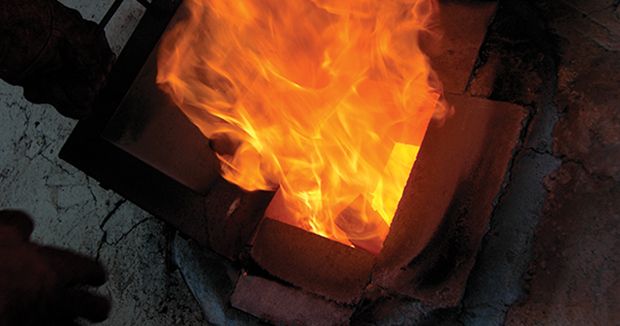
Organic Matter
Clay contains varying amounts of organic matter from plant and animal residues that can affect its properties. According to the Digital Fire article “Organic Matter in Clays: Detailed Overview” (https://digitalfire.com/article/organic+matter+in+clays%3A+detailed+overview), organic substances present in clays can impact firing behavior. The 1963 study “The effect of organic matter on the structure of clay soils” (https://library.wur.nl/ojs/index.php/njas/article/view/17541/16955) by Boekel found that organic matter affects clay’s structure and plasticity. A 2021 Hindawi study (https://www.hindawi.com/journals/ace/2021/6654121/) also showed increasing organic content in clays leads to higher cohesion but lower internal friction angle.
Clay Types
The most common types of clay minerals include kaolinite, illite, and smectite clays (Clay Minerals Summary Table Definition). These clays are distinguished by their crystal structure and composition.
Kaolinite is a 1:1 layered silicate clay consisting of alternating tetrahedral silica and octahedral alumina sheets. It is non-expanding and has low plasticity. Kaolinite clays are often referred to as “kaolin” or “china clay.” They are used in ceramics and paper production (Environmental Characteristics of Clays and Clay Mineral Deposits).
Illite is a 2:1 layered silicate clay composed of alternating octahedral alumina sheets and tetrahedral silica sheets. Illite has a moderate expanding capacity and plasticity. Common usage includes in ceramics and as a constituent in shale. Illite forms by the chemical alteration of other clay minerals (Basics of Clay Minerals and Their Characteristic Properties).
Smectite clays, including montmorillonite and bentonite, have a 2:1 layer structure similar to illite. However, they have a much higher expanding capacity and plasticity. Smectite clays are valued for their absorption and adsorption abilities. They are major components of drilling mud, foundry sand, and cat litter (Environmental Characteristics of Clays and Clay Mineral Deposits).
Clay Uses
Clay is used in a variety of applications due to its unique properties and composition. Some of the most common uses of clay include:
Pottery – Clay is the primary material used to make pottery items such as plates, bowls, mugs and vases. The clay body is shaped while wet and then fired at high temperatures in a kiln to permanently harden it. Different clay minerals and tempering additives help modify the physical properties of the fired pottery ware. (Wikipedia)
Bricks – Clay bricks have been used in construction for thousands of years. Modern bricks are often made by extruding clay in a semi-dry, stiff condition through a die and then drying and firing the bricks. The fired bricks are durable, fireproof and weather resistant. (Civil Today)
Ceramics – Ceramic products like tiles, plumbing fixtures and tableware are manufactured using refined and processed clays. The clay body composition and glazing creates the desired functional and decorative properties of the final ceramic product. (Enviromedica)
Paper – Specialty paper products can contain clay as a filler, coating or pigment. The clay provides important paper qualities like brightness, gloss and opacity. (Wikipedia)
Cement – Clay is used as an additive in the production of Portland cement. It adjusts the setting time and plastic properties of the cement to meet specific performance requirements. (Civil Today)
Conclusion
In conclusion, the ingredients that make up clay have an important role in determining the properties and uses of different clay types. The main ingredients are silica, alumina, and water, which influence the plasticity and firing qualities of clay. Accessory minerals like iron oxides affect the color while organic matter impacts the workability. Understanding what comprises clay allows potters and ceramicists to select the best material for their needs.
The variety of clays and their unique characteristics make them an incredibly useful material, not just for pottery and ceramics, but also construction, engineering, and even health and beauty. While the basic ingredients may seem simple, they produce clays with vastly different qualities. The abundance and versatility of this earthen material will ensure it remains an essential part of human civilization.

